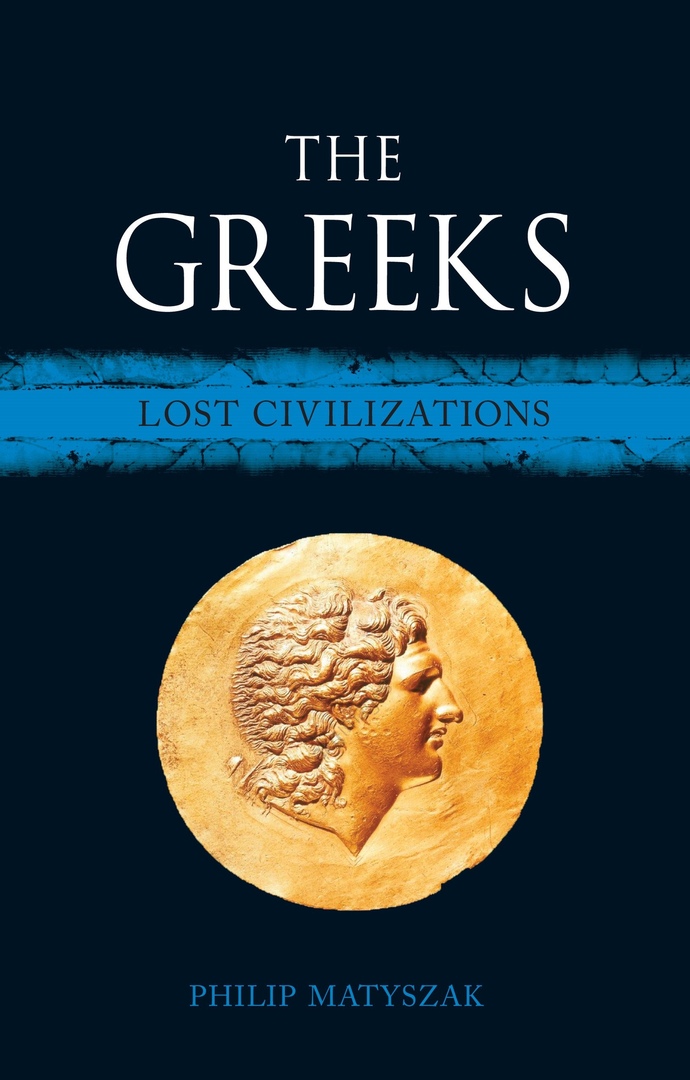The Soviet World of American Communism
1) The Soviet World of American Communism – Mr. Harvey Klehr, John Earl Haynes
Yale University Press | 1998 | PDF
The Secret World of American Communism (1995), filled with revelations about Communist party covert operations in the United States, created an international sensation. Now the American authors of that book, along with Soviet archivist Kyrill M. Anderson, offer a second volume of profound social, political, and historical importance.
Based on documents newly available from Russian archives, The Soviet World of American Communism conclusively demonstrates the continuous and intimate ties between the Communist Party of the United States of America (CPUSA) and Moscow. In a meticulous investigation of the personal, organizational, and financial links between the CPUSA and Soviet Communists, the authors find that Moscow maintained extensive control of the CPUSA, even of the American rank and file. The widely accepted view that the CPUSA was essentially an idealistic organization devoted to the pursuit of social justice must be radically revised, say the authors. Although individuals within the organization may not have been aware of Moscow’s influence, the leaders of the organization most definitely were.
The authors explain and annotate ninety-five documents, reproduced here in their entirety or in large part, and they quote from hundreds of others to reveal the actual workings of the American Communist party. They show that:
• the USSR covertly provided a large part of the CPUSA budget from the early 1920s to the end of the 1980s;
• Moscow issued orders, which the CPUSA obeyed, on issues ranging from what political decisions the American party should make to who should serve in the party leadership;
• the CPUSA endorsed Stalin’s purges and the persecution of Americans living in Russia.
2) Spies: The Rise and Fall of the KGB in America – Harvey Klehr, John Earl Haynes, Alexander Vassiliev
Yale University Press | 2009 | EPUB
This stunning book, based on KGB archives that have never come to light before, provides the most complete account of Soviet espionage in America ever written. In 1993, former KGB officer Alexander Vassiliev was permitted unique access to Stalin-era records of Soviet intelligence operations against the United States. Years later, living in Britain, Vassiliev retrieved his extensive notebooks of transcribed documents from Moscow. With these notebooks John Earl Haynes and Harvey Klehr have meticulously constructed a new, sometimes shocking, historical account.
Along with general insights into espionage tactics and the motives of Americans who spied for Stalin, Spies resolves specific, long-seething controversies. The book confirms, among many other things, that Alger Hiss cooperated with Soviet intelligence over a long period of years, that journalist I. F. Stone worked on behalf of the KGB in the 1930s, and that Robert Oppenheimer was never recruited by Soviet intelligence. Spies also uncovers numerous American spies who were never even under suspicion and satisfyingly identifies the last unaccounted for American nuclear spies. Vassiliev tells the story of the notebooks and his own extraordinary life in a gripping introduction to the volume.
3) Venona: Decoding Soviet Espionage in America – John Earl Haynes, Harvey Klehr
Yale University Press | 2000 | PDF
Only in 1995 did the United States government officially reveal the existence of the super-secret Venona Project. For nearly fifty years American intelligence agents had been decoding thousands of Soviet messages, uncovering an enormous range of espionage activities carried out against the United States during World War II by its own allies. So sensitive was the project in its early years that even President Truman was not informed of its existence. This extraordinary book is the first to examine the Venona messages—documents of unparalleled importance for our understanding of the history and politics of the Stalin era and the early Cold War years.
Hidden away in a former girls’ school in the late 1940s, Venona Project cryptanalysts, linguists, and mathematicians attempted to decode more than twenty-five thousand intercepted Soviet intelligence telegrams. When they cracked the unbreakable Soviet code, a breakthrough leading eventually to the decryption of nearly three thousand of the messages, analysts uncovered information of powerful significance: the first indication of Julius Rosenberg’s espionage efforts; references to the espionage activities of Alger Hiss; startling proof of Soviet infiltration of the Manhattan Project to build the atomic bomb; evidence that spies had reached the highest levels of the U.S. State and Treasury Departments; indications that more than three hundred Americans had assisted in the Soviet theft of American industrial, scientific, military, and diplomatic secrets; and confirmation that the Communist party of the United States was consciously and willingly involved in Soviet espionage against America. Drawing not only on the Venona papers but also on newly opened Russian and U. S. archives, John Earl Haynes and Harvey Klehr provide in this book the clearest, most rigorously documented analysis ever written on Soviet espionage and the Americans who abetted it in the early Cold War years.
4) Early Cold War Spies: The Espionage Trials that Shaped American Politics – John Earl Haynes, Harvey Klehr
Cambridge University Press | 2006 | PDF
Communism was never a popular ideology in America, but the vehemence of American anticommunism varied from passive disdain in the 1920s to fervent hostility in the early years of the Cold War. Nothing so stimulated the white hot anticommunism of the late 1940s and 1950s more than a series of spy trials that revealed that American Communists had co-operated with Soviet espionage against the United States and had assisted in stealing the technical secrets of the atomic bomb as well as penetrating the US State Department, the Treasury Department, and the White House itself. This book, first published in 2006, reviews the major spy cases of the early Cold War (Hiss-Chambers, Rosenberg, Bentley, Gouzenko, Coplon, Amerasia and others) and the often-frustrating clashes between the exacting rules of the American criminal justice system and the requirements of effective counter-espionage.
5) Secret Cables of the Comintern, 1933-1943 – Fridrikh Igorevich Firsov, Harvey Klehr, John Earl Haynes
Yale University Press | 2014 | PDF
Drawing on secret and therefore candid coded telegraphs exchanged between Communist Party leaders around the world and their overseers at the Communist International (Comintern) headquarters in Moscow, this book uncovers key aspects of the history of the Comintern and its significant role in the Stalinist ruling system during the years 1933 to 1943. New information on aspects of the People’s Front in France, civil wars in Spain and China, World War II, and the extent of the Comintern’s cooperation with Soviet intelligence is brought to light through these archival records, never examined before.
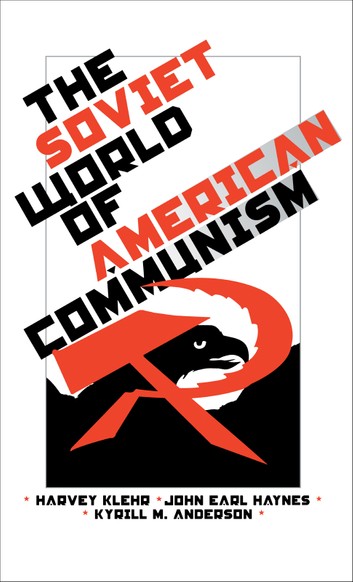 1 / 5
1 / 5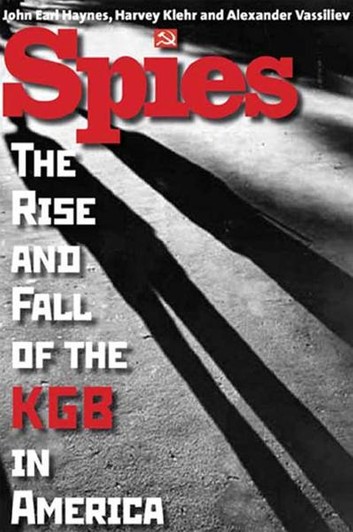 2 / 5
2 / 5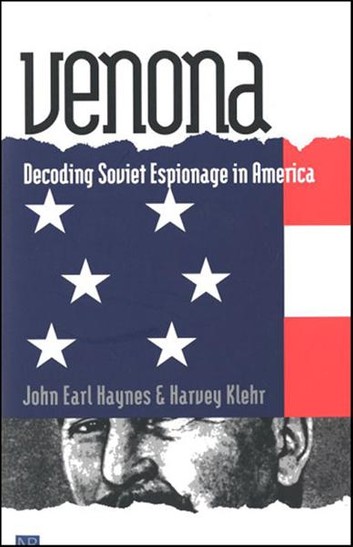 3 / 5
3 / 5 4 / 5
4 / 5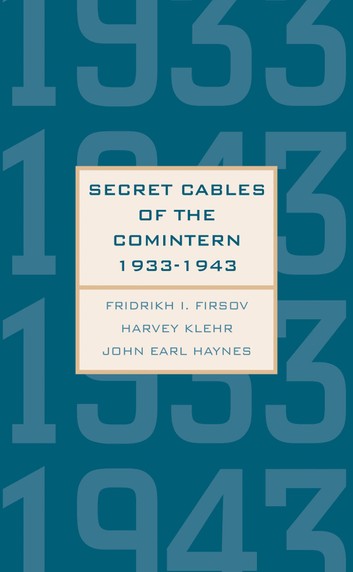 5 / 5
5 / 5

